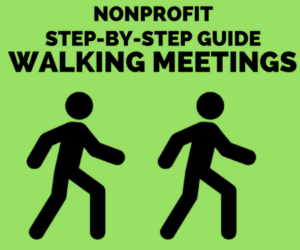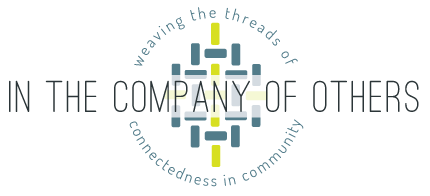I am always reading about how to be more productive. Maybe because I feel like I always have a lot to do and less time to do it in. And then again, maybe it is because I over-commit myself and am always trying to play catch up.
I have been reading this amazing book called Rest. Why you get more done when you work less. There are a lot of great tips on what we can do to make room for thought, reflection, and creativity to show up in our work if we just make space for it. More on this later.
But back to “meetings”. Many successful people refuse to attend them. They think they are waste of time and they attend them only when it is necessary. And they will not attend them unless there is a clear, concise agenda and a set timeline for the agenda. They see their time as valuable and make no compromises when it comes to sitting around hashing things out in groups.
The book, Rest outlines that our most productive time of day is the four-hour block when we first sit down to “work”. So this is not a time for meetings. This time is sacred and set aside for the most challenging, creative work of the day. He suggests that meetings take place in the afternoon AFTER some kind of recharging activity; be it lunch, a walk, or even a nap. What would your productivity look like, if you used your most productive time of day to work, instead of sitting in a morning meeting?
Yet we all have to meet and we meet for many reasons. Sometimes it is to get things done. Sometimes it is to connect and network with someone. Sometimes it is to do some brainstorming or collaborative creative thinking.
Which brings me to the inspiration for this post.
 An article I read today about Walking Meetings! Now, this might not work for all of your meetings, but it might be appropriate on some occasions, and I think the author does a nice job of outlining that.
An article I read today about Walking Meetings! Now, this might not work for all of your meetings, but it might be appropriate on some occasions, and I think the author does a nice job of outlining that.
There is a belief that we think differently when we are moving forward in space and have a conversation with someone. When we are side by side with them as opposed to looking directly at them. (You can read more about a specific process, called a Dialogue Walk, here.)
And a walking meeting might help us expand our thinking and creativity, as suggested in Rest. Taking ourselves outside of our usual spaces, as a way to broaden our thinking, as well as our horizons can be helpful with our creative thinking.
So to summarize. Meetings have their place, but they should have some rules around them.
- Do not meet during your most productive hours of the day.
- No meeting without a clear timeline and agenda.
- Your time is precious. Make meetings count and make people accountable for the use of your valuable time.
And maybe, just maybe, there is some times and spaces where meetings don’t look like meetings. We have the opportunity to tap into experiences that might help us look at a problem or an idea in a different way. After all, that is how many breakthroughs and innovations were discovered.
